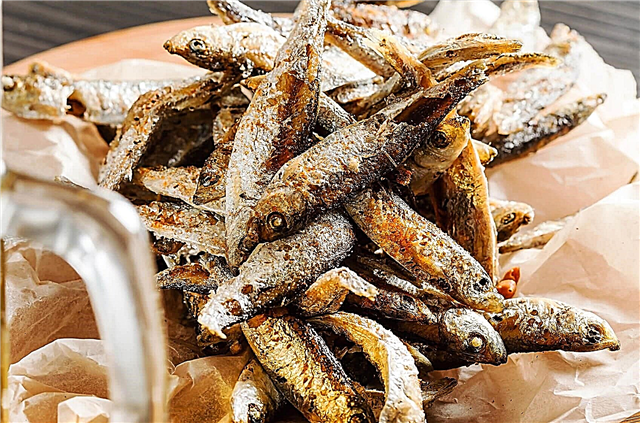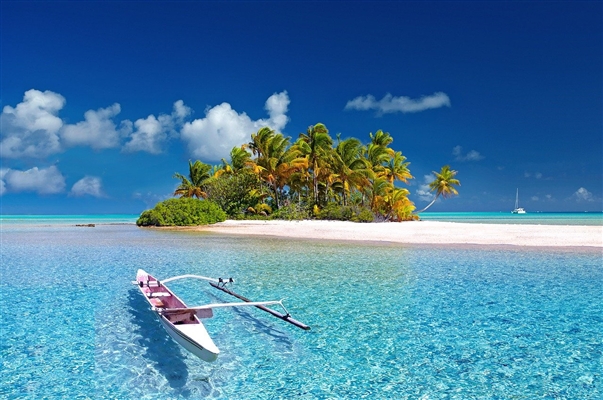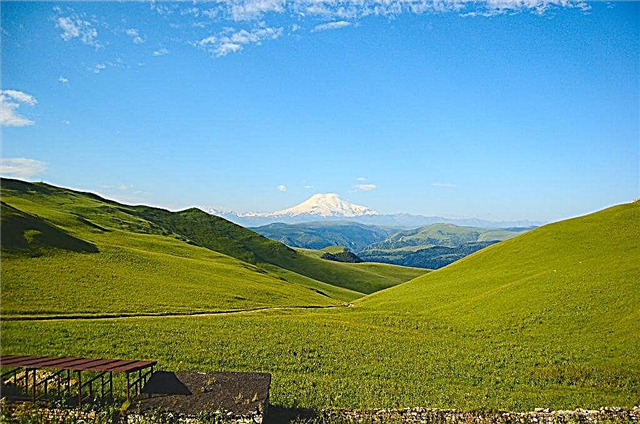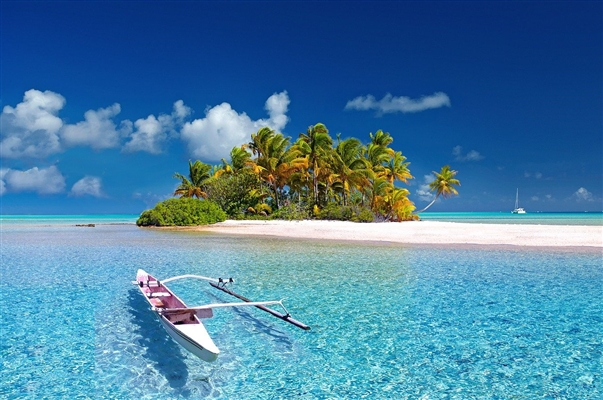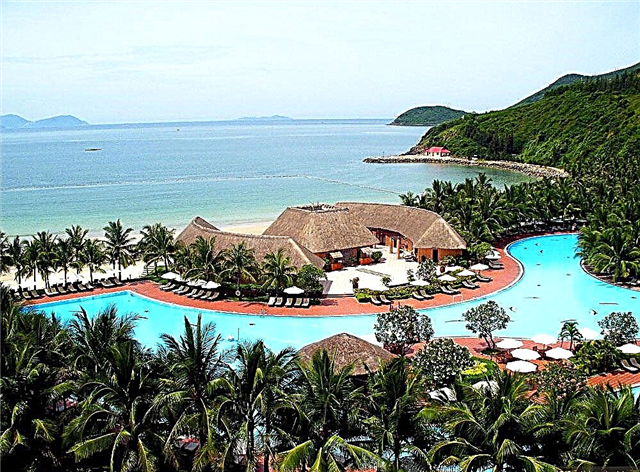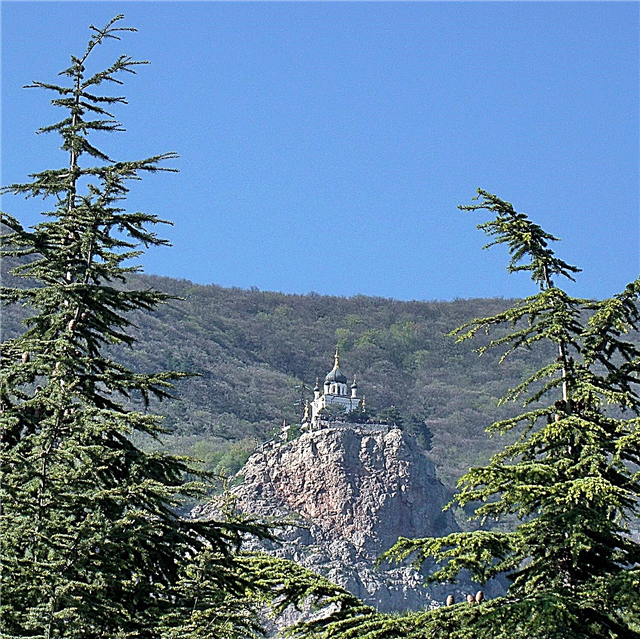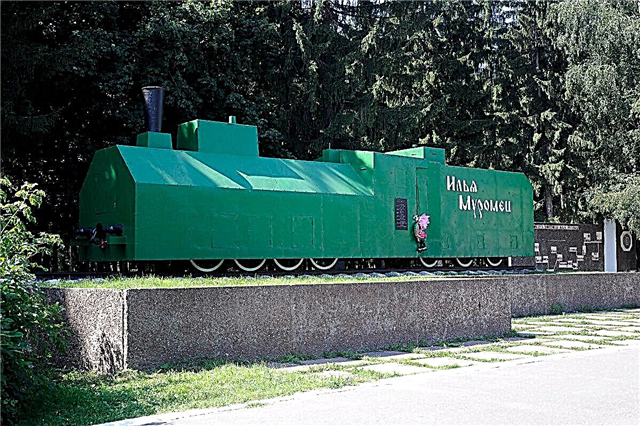The ancient city of Murom, located on the left bank of the Oka, has a rich history reflected in numerous monuments of history and architecture. These include not only ancient temples and monasteries, but also sculptural monuments dedicated to war heroes, liquidators of the Chernobyl accident, famous historical figures and events. During the Great Patriotic War, Murom was in the rear and provided the front with means of defense, so the Ilya Muromets armored train assembled at a local plant became one of the iconic monuments of the city.
Among the most original monuments are the "Epic Stone" that meets the guests of Murom at the entrance to the city and the "Murom Kalach". And the tallest monument of the city is a bronze sculpture of the hero of the Russian land - Ilya Muromets, who was from these places.
Historical and modern monuments of Murom
List of the most famous monuments of the city!
Monument to Ilya Muromets
The monument to the famous hero, designed by sculptor V.M.Klykov, was unveiled in the Oka Garden of the city of Murom in 1999. Murom residents are proud of their fellow countryman, who was born in the nearby village of Karacharovo and, thanks to his intelligence and remarkable strength, became the hero of many epics and folk legends. The height of the monument is 21 meters, together with a stone pedestal, sculptures of griffins are installed in the corners, symbolizing the power of the Russian army. Ilya himself is dressed in armor and a helmet. The hero holds a sword in his right hand, and a small cross in his left. A monastic cloak will be draped over the shoulder of a mighty warrior. Thus, the sculptor marked the spiritual status of the hero, who has been glorified by the Russian Orthodox Church in the face of saints since the middle of the 17th century.

Monuments to Peter and Fevronia
A single composition of the holy noble princes Peter and Fevronia was established in Murom in 2012. This was preceded by the great work of the city residents to renew the veneration of the Murom saints, who are an example of marital fidelity and piety. The princely couple are cast in bronze, and at their feet sits a small rabbit - a symbol of fertility and gentle disposition. According to the established tradition, the townspeople and guests of the city rub the nose of the rodent in the hope of the favor of fate.

Monument to V.I.Lenin on the square of the 1100th anniversary of Murom
On the central square of the city, which received its modern name in 1962, there is a monument to V. Lenin by the sculptor Y. Neroda. By coincidence, it was installed in the same 1962, however, this was done not in connection with the 1100th anniversary of the city, but to commemorate the 45th anniversary of the Great October Socialist Revolution. The sculpture of the leader of the proletariat is made in full growth and installed on a high granite pedestal opposite the administration building. Previously, the Nativity of Christ Church stood on this site for several centuries, which was demolished in the Soviet years.

Obelisk to the soldiers who died during the Second World War
The monument to the soldiers who died in the Great Patriotic War was erected at the initiative of the workers of the Ordzhonikidze plant in 1970, when the 25th anniversary of the Victory was celebrated. The memorial is made up of two towering pylons, symbolizing the common contribution of fathers and children to the achievement of victory. Inside the pylons are capsules with earth from the hero cities and the places where the Muromets fought. At the base of the front pylon there is a three-meter figure of an unknown soldier.

"Murom kalach"
A bright and unusual monument to the Murom kalach was installed in 2012 near the city market. This type of baking is considered a symbol of the city and its homeland, because according to the preserved documents, rolls in Murom have been baked since the middle of the 16th century. A ceramic roll weighing about 100 kg is installed on a pedestal decorated with the city's coat of arms. In shape, "Muromsky kalach" is identical to a real confectionery product. The original solution is to equip the monument with a heating system and a system for maintaining the temperature at 35 °.

Monument to N.F. Gastello
The monument was erected in 1964 on the railway station square of Murom and is an architectural and artistic composition consisting of a bust of N. Gastello, created in 1943 by sculptor A.O. Bombel, and a stele "in honor of the 40th anniversary of the immortal feat of Captain N. ". When Gastello's plane received a hole from the enemy, the fearless pilot directed the car towards the German fuel tanks. Having died himself, he destroyed many German aircraft and received the posthumous title of Hero of the Soviet Union.

Monument to V.K.Zvorykin
The monument to the outstanding scientist and inventor, a native of the city of Murom, Vladimir Zvorykin was erected in 2013 in front of the ancestral home of the Zvorykin family, where the future founder of color television spent his childhood and youth. The authors of the monument - sculptor P. Shcheglov, architect M. Nedzelsky and designer S. Lebedev - decided to portray Zvorykin as a young man who had just graduated from the university. A young scientist sits on a bench and gazes thoughtfully into the distance, as if anticipating the huge impact that his discoveries in the field of radio electronics will have on the lives of ordinary people.

Monument to A.V. Ermakov
A bronze bust of the mayor Alexei Vasilyevich Ermakov was solemnly unveiled in the center of Murom in October 2012 in honor of the 150th anniversary of Ermakov's accession to office. Aleksey Vasilyevich, although he was not a native of Murom, did more for the city than anyone else. The authors of the monument are sculptor V. Surovtsev and architect M. Baranova, and funds for its creation were donated by Murom entrepreneurs and ordinary townspeople.

Epic stone
A huge stone with an engraved image of the epic hero Ilya Muromets was installed at the entrance to the city in 1967. A line from the "Tale of Bygone Years" is carved on the stone, in which the city of Murom is first mentioned. The huge block was turned into an art object by the sculptor S. Nikolaev and the architect N. Bespalov. The epic stone reminds of the centuries-old history of the city, in which Russian heroes occupied a special place.

Armored train "Ilya Muromets"
The armored train was built in 1941-1942 by the workers of the Murom steam locomotive repair shops as a gift to the front. They named it after Ilya Muromets. The "Iron Hero" became a worthy imitator of its historical prototype and destroyed in battle many fascist planes, mortars, and even the Adolf Hitler armored train. The train itself received only minor damage and earned the title of the most powerful armored train in the world. In 1971, a life-size model and a commemorative plaque were installed in the park of the 50th anniversary of Soviet power, on which the names of all the crew members of the armored train were listed.

Bust of R. A. Belyakov
The name of the Soviet and Russian design engineer R. Belyakov, twice Hero of Socialist Labor, general designer of the A. Mikoyan Design Bureau and laureate of many awards was immortalized in bronze by the sculptor V. Fetisov and the architect Y. Arndt. The monument to the talented native of the city of Murom was erected in 1984 during the life of an outstanding aircraft designer on the square that also bears his name.

Monument to Labor
An unusual monument in the spirit of socialist realism arose on Labor Square in the 60s of the XX century, together with the formation of the square itself on the site of the former Moscow outpost. It is a multifaceted metal structure reminiscent of ears of wheat. The sheaf of wheat is, as it were, divided into two parts, interconnected by a huge gear, and on its outer sides are depicted the tools of socialist labor - a sickle and a hammer.

Monument to M. Lakin
A monument in honor of M.Lakina was opened in 1967 in the presence of the revolutionary's relatives. Mikhail Lakin ranked himself among the Social Democrats and took part in the strikes of the workers of the city of Ivanovo-Voskresensk in 1905. The monument is a simple concrete slab with a sculptural image of the face of a revolutionary.

Steam locomotive "Victory" L-2248
The steam locomotive-monument L-2248 was installed at the Murom railway station in 2002 in honor of the 140th anniversary of the Gorky railway. Steam locomotives of the L series, named after the first letter of the surname of the general designer of the Kolomna plant LS Lebedyansky, became the most powerful locomotives in the whole world. Mass production of main-line freight steam locomotives lasted only a few years from 1947 to 1955, but the car turned out to be so successful that its creators were awarded the Stalin Prize.

Monument to the Victims of Political Repression
The monument, designed by the sculptor V. Shepet, was opened in August 1996 in the historical center of Murom. It is dedicated to the people of Murom who became victims of political repression. Funds for the creation and installation of the monument were allocated from the city budget. The sculptural composition consists of two granite slabs, shaped like a sail, on one of which an Orthodox cross is engraved, and on the other words are written, designed to protect descendants from repeating the terrible past.

"Grieving Angel"
The "Grieving Angel" monument was erected in memory of those Muromets who died in Afghanistan, Tajikistan, Chechnya and other hot spots. The figure of an angel was carved from the armor plate by the workers of "Muromteplovoz", the inner contour forms a lighted candle. The angel is installed on a large pedestal made of Karelian granite and expresses the deep repentance of the living before the dead in the terrible military conflicts of recent decades.

"Union of love - a wise marriage"
A sculpture designed by N. Shcherbakov was installed in the center of Murom in front of the registry office for the edification of young spouses. Glorified as saints, Prince Peter and Princess Fevronia are depicted in a kneeling position with hands tenderly outstretched to each other. The monument was opened on July 8, 2008 - in the first year of the official celebration of a new Russian holiday - the day of Love, Family and Fidelity, timed to commemorate these Murom saints.

Monument to the recruits who died in the battles for the Motherland
This austere and majestic monument by the famous Moscow sculptor L. Berlin was installed in 1975 in the Verbovsky village of Murom in memory of its inhabitants who died during the Second World War. The place for the monument was chosen in such a way that everyone passing by would involuntarily cast a glance at the bronze figures of the recruits and did not forget about the high price that the Soviet people paid for the liberation of the country and the world from fascism.

Monument to Krasnoluchevites who fell during the Second World War
The memorial to the soldiers of Krasnoluchev who fell in the Great Patriotic War was erected on the territory of the Krasny Luch enterprise to commemorate the 30th anniversary of the victory over fascism, and on May 8, 2017, in a solemn atmosphere, it was transferred to the building of the Murom school No. The granite slab lists the names of the workers of the cotton mill who gave their lives for the freedom and independence of their native country.

Memorial Stone N. von Mecca
The monument in the form of a huge block of stone with a memorial plaque dedicated to the Chairman of the Board of the Moscow-Kazan Railway Society and the true patriot of Russia N. von Meck was erected on August 2, 2013 on the railway station square of Murom. Nikolai Karlovich von Meck was the largest Russian railroad worker who made a huge contribution to the construction and modernization of railways and the improvement of the social and living conditions of railway workers.

Monument to F.E.Dzerzhinsky
Initially, the monument to F. Dzerzhinsky was installed on the territory of a steam locomotive repair plant named after him, located near the Kazan railway. Later, in 1967, the monument was removed outside the enterprise and installed on the reconstructed park between the gates of the plant and st. Filatov. The monument is a white stone foundation on which a bronze bust of the revolutionary and political figure F. Dzerzhinsky is installed.

Monument to A. Krasnukhin
The monument in honor of the hero of the USSR, pilot A. Krasnukhin, was erected in 1983 near the Krasny Luch factory, where he worked before becoming a pilot of military aviation. The authors of the composition are sculptor I. Beschastnov and architect V. Fitkovsky. A native of the village of Krivitsy, Murom district, he rose to the rank of major and received many orders and awards, but the start in life for the future fearless pilot was given precisely at the cotton mill, as evidenced by the inscription on the monument.

Monument to the liquidators of the accident at the Chernobyl nuclear power plant
A modest memorial in the form of a large stone block with a commemorative plaque was erected in Murom in memory of the 272 residents of Murom who took part in eliminating the consequences of the worst man-made disaster in the history of mankind. Residents of the city, among whom there are many relatives of the liquidators of the accident, regularly arrange commemorative meetings and lay flowers at the memorial.

Obelisk to the participants of the revolutionary events of 1905
It is assumed that the obelisk dedicated to the participants in the revolutionary events of 1905 was erected in the 1920s and 1930s, although no precise information has survived. On a low stone column there is a plaque in memory of the first proletarian revolution and the active actions of the Murom workers to defend their rights and freedoms.

Monument to the victims of the May 1, 1906 massacre
A large stone plaque with a bas-relief depicting participants in the May Day celebration of working and student youth in the city of Murom was installed in the Lenin Park of Culture and Leisure (Oksky Park) at the site of the execution by the police of participants in the May Day demonstration in 1906. The monument has noticeably decayed since its installation, but it keeps the memory of the difficult events of the early 20th century.




